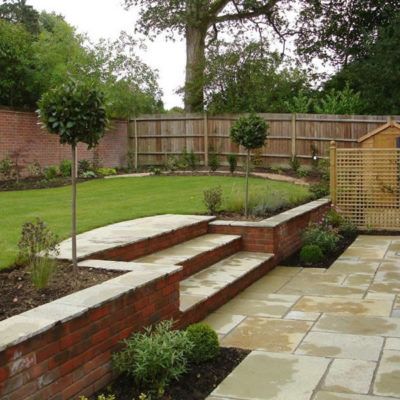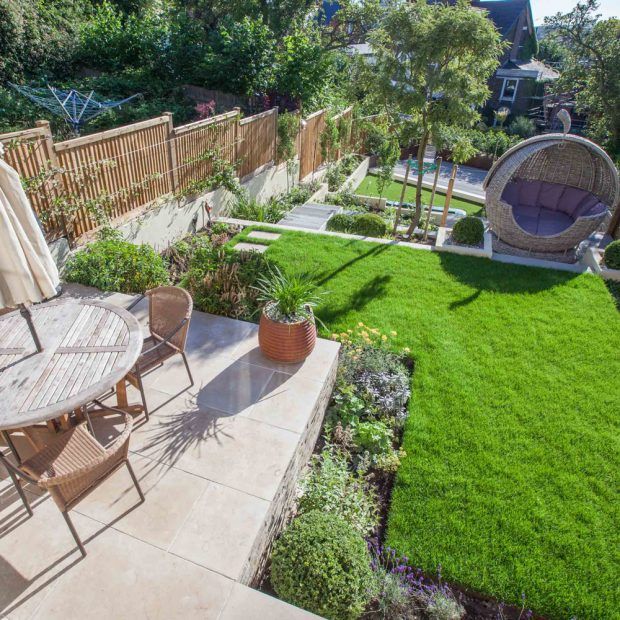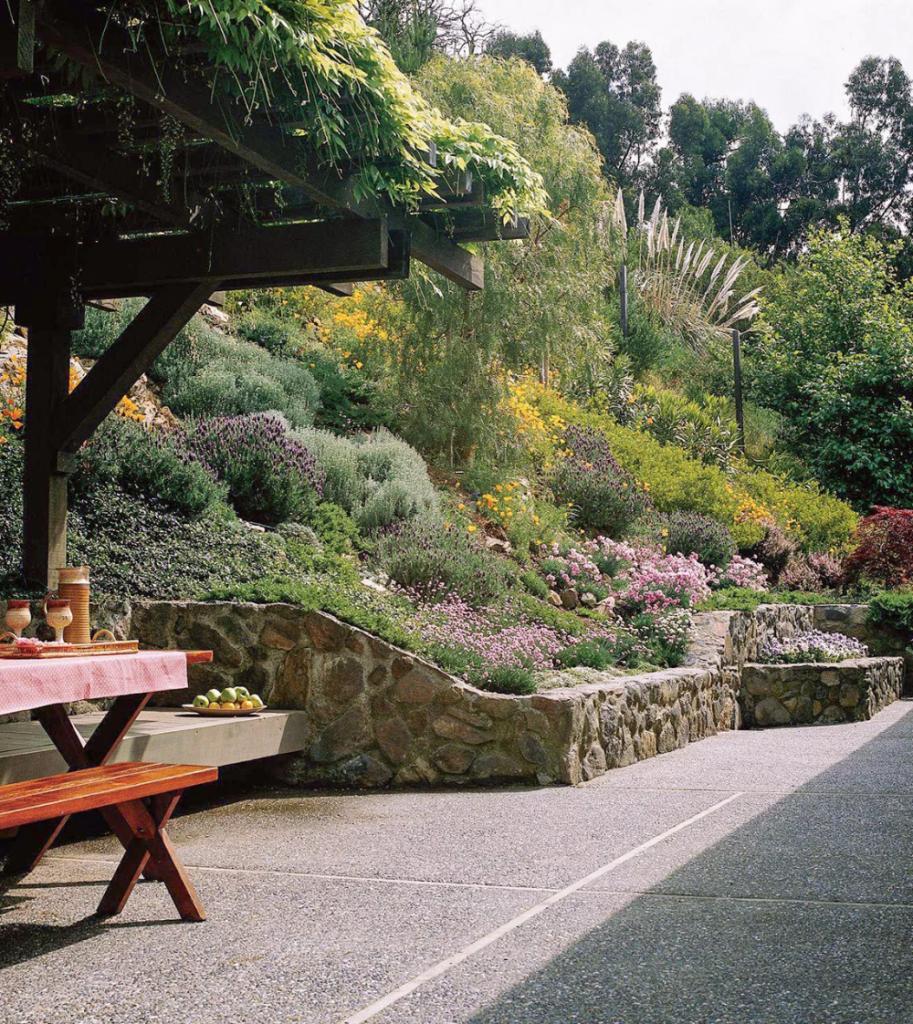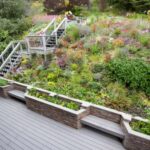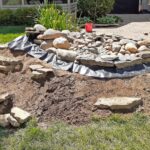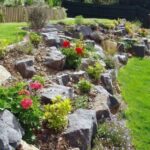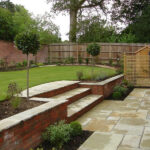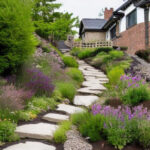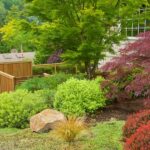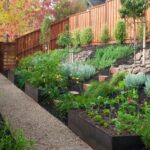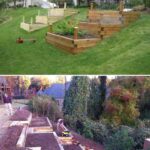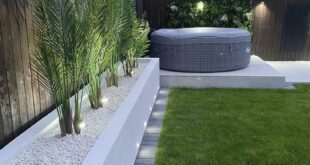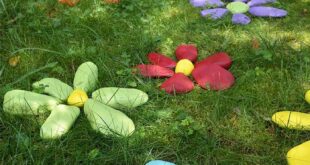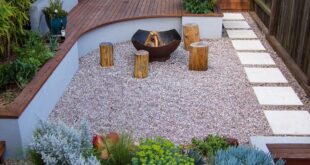Garden design on a slope can present a unique set of challenges and opportunities for homeowners and landscapers alike. Sloped gardens can provide a stunning backdrop and add visual interest to a yard, but they also require careful planning and consideration to ensure that they are both functional and beautiful.
One of the key considerations when designing a garden on a slope is erosion control. The natural flow of water on a slope can cause soil erosion, which can lead to a loss of nutrients and hinder plant growth. To combat erosion, it is important to install retaining walls, terraces, or other structures that help to stabilize the soil and prevent it from washing away during heavy rains.
In addition to erosion control, drainage is another important factor to consider when designing a garden on a slope. Proper drainage is essential to prevent water from pooling at the bottom of the slope, which can lead to standing water and potential flooding. Installing drainage systems such as French drains or swales can help to redirect water away from the slope and prevent waterlogged soil.
When it comes to planting on a slope, choosing the right plants is crucial. Plants that have shallow root systems or are prone to erosion should be avoided, as they may not be able to anchor themselves securely in the soil. Instead, opt for plants with deep root systems that can help to stabilize the soil and prevent erosion. Groundcover plants, such as creeping thyme or periwinkle, are also great choices for slopes, as they can help to prevent soil erosion and add color and texture to the garden.
Another important aspect of garden design on a slope is creating visual interest and maximizing the use of space. By incorporating terraces, retaining walls, and raised beds, you can create different levels and areas within the garden that add depth and dimension. This allows you to showcase a variety of plants and create separate zones for entertaining, gardening, or relaxation.
Finally, when designing a garden on a slope, it is important to consider accessibility and safety. Installing steps, pathways, and handrails can help to make navigating the slope easier and safer for homeowners and visitors. It is also important to ensure that any structures or features in the garden are securely anchored to prevent them from shifting or sliding down the slope.
In conclusion, designing a garden on a slope can be a rewarding but challenging endeavor. By carefully considering factors such as erosion control, drainage, plant selection, visual interest, and accessibility, you can create a beautiful and functional garden that makes the most of the unique characteristics of a sloped landscape.
 yishifashion Where Outdoor Dreams Become Reality
yishifashion Where Outdoor Dreams Become Reality
